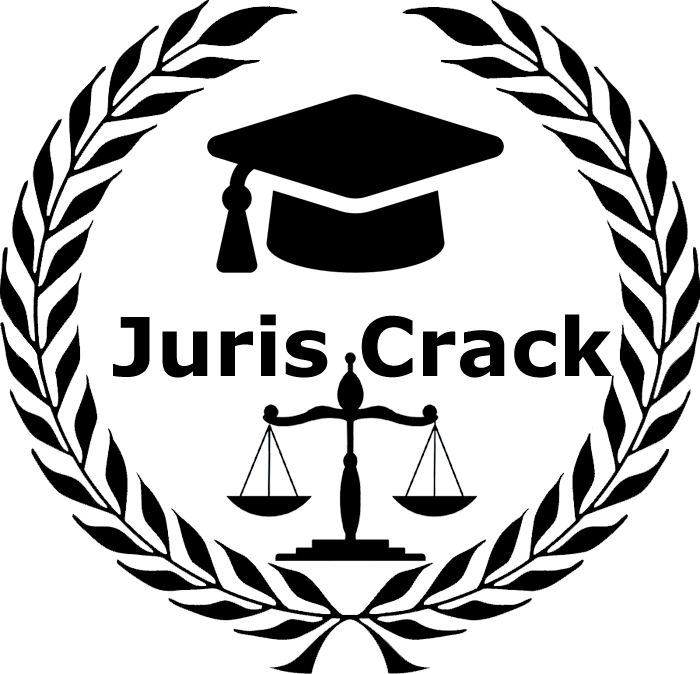Section – 66. Rules as to Notice to Produce
This section lays down that a notice must be given before secondary evidence can be received under section 65 clause (a). Notice to produce a document must be in writing.
As per Sir George Rankin –The only purpose of a notice is to give the party an opportunity by producing the original to secure , if pleases, the best evidence of the contents.
This section will applicable on both civil and criminal proceddings.
Section – 67. Proof of signature and handwriting of person alleged to have signed or written document produced
If a document is alleged to be signed or to have been written wholly or in part by any person, the signature or the handwriting of so much of the document as is alleged to be in that person’s handwriting must be proved to be in his handwriting.
Section 67A provides for proof as to digital signature.
Section – 68. Proof of execution of document required by law to be attested
If a document is required by law to be attested, it shall not be used as evidence until one attesting witness at least has been called for the purpose of proving its execution, if there be an attesting witness alive, and subject to the process of the court and capable of giving evidence
This section applies only where the execution of the document has to be proved. Where the execution is not to be proved , it is not necessary nto call any attesting witness
Provided that it shall not be necessary to call an attesting witness in proof of the execution of any document, not being a will, which has been registered in accordance with the provisions of the Indian Registration Act, 1908 (16 of 1908), unless its execution by the person by whom it purports to have been executed is specifically denied.
When the Attesting Witness Need not to be called
- Where the document is thirty years old and the Court under section 90 presumes it to have been duly executed and attested.
- When a party to a document against whom it is sought to be used admits its execution by himself (section -58)
- When the document is not produced on notice (section – 89 ) and the secondary evidence of its content is given under section 65(a)
Section – 69. Proof Where no Attesting Witness Found
Section 69 comes into play when none of the attesting witnesses can be found or when the document is executed in the United Kingdom. In such circumstance two things have to be proved
- That the signature of one of the attesting witnesses is in his handwriting (section -67)
- That the signature of the executant is in his handwriting (section -67)
Section – 70. Admission of Execution by Party to Attested Document
The admission of a party to an attested document of its execution by himself shall be sufficient proof of its execution as against him, though it be a document is in the handwriting of that person.
Section – 71. PROOF WHEN ATTESTING WITNESS DENIES THE EXECUTION
If the attesting witness denies or does not recollect the execution of the document, its execution may be proved by other evidence.
Section 71 is an exception to the rigid rule of proof of an attested document in section 68.
In Ram Ratan v. Bittan Kaur, it was held that this section only operates if the attesting witness denies or does not recollect the execution of the document or has turned hostile.
Section – 72. PROOF OF DOCUMENT NOT REQUIRED BY LAW TO BE ATTESTED
An attesting document not required by law to be attested may be proved as if it was unattested.
When a document is not required by law to be attested, then provision of section 72 applies and the document shall be proved as if it was unattested.
Section – 73. COMPARISON OF SIGNATURE, WRITING OR SEAL WITH OTHERS ADMITTED OR PROVED
As per section 73, to ascertain whether a signature, writing or seal is that of the person by whom it purports to have been written or made, any signature, writing, or seal admitted or proved to the satisfaction of the court to have been written or made by that person may be compared with the one which is to be proved, although that signature, writing, or seal has not been produced or proved for any other purpose.
Section – 73A. PROOF AS TO VERIFICATION OF DIGITAL SIGNATURE.
While section 73 A provides for proof as to verification of the digital signature. In order to ascertain whether a digital signature is that of the person by whom it purports to have been affixed the court may direct:
That person or controller or the certifying authority to produce the digital signature certificate.
Any other person to apply the public key listed in the digital signature certificate and verify the digital signature purported to have been affixed by that person








No comment